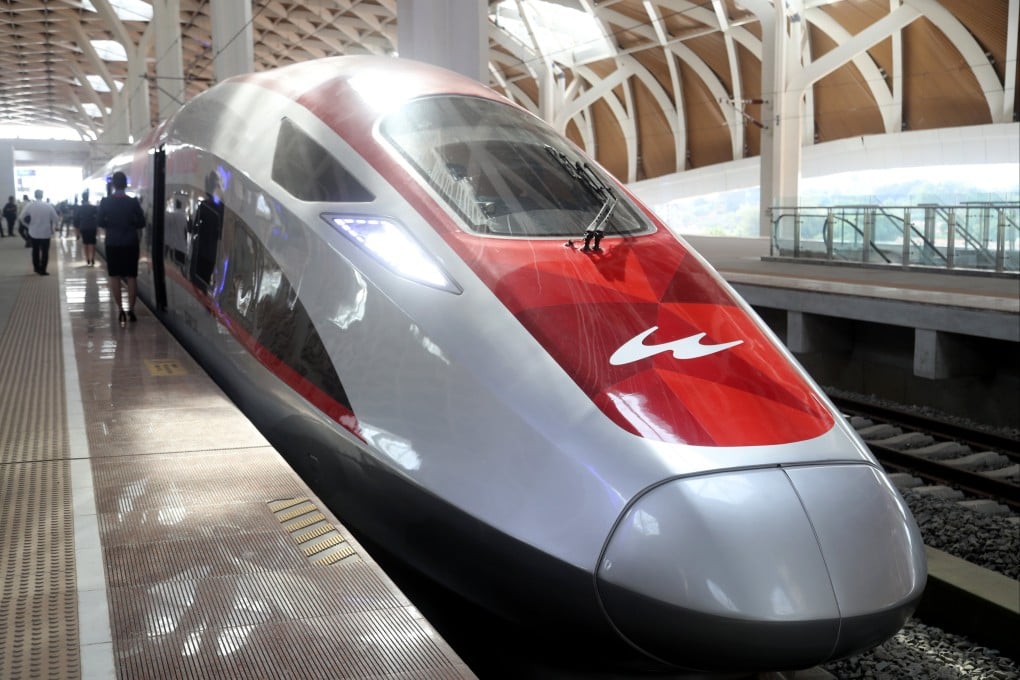Advertisement
Opinion | How belt and road is fuelling US-China Indo-Pacific contest
- The Jakarta-Bandung and China-Laos railway projects show that countries are willing to take significant risks in the name of development
- US officials must assess the impact of such Chinese projects, especially environmentally and socially, to be able to offer convincing alternatives
Reading Time:3 minutes
Why you can trust SCMP
6

As China’s contest with the US heats up, its Belt and Road Initiative investments are fuelling geopolitical competition in the Indo-Pacific.
Advertisement
The hosting of the third belt and road forum last year was lauded by President Xi Jinping in his New Year address. The US, however, wants to keep the Indo-Pacific “free and open”, and questions Beijing’s intentions in pushing a China-led network of infrastructure projects throughout the Global South.
The Belt and Road Initiative, launched by Xi in 2013, includes projects to build highways, ports, railways and more. It has expanded to include a Digital Silk Road, Maritime Silk Road and Polar Silk Road. Despite helping several states overcome developmental gaps, China’s initiative has encountered much controversy.
Critics point to the high debt faced by many participant countries and speculate about debt-trap diplomacy, as well as China’s lack of adherence to many Western norms in construction, such as in environmental regulations.
There are signs that China’s commitment to the initiative is dropping and this is likely to continue as the Chinese economy faces challenges. Beijing will be forced to prioritise certain regions or countries in dispensing belt and road investments. In this, the Indo-Pacific is emerging as a strategic arena. Both the US and China will compete for closer relations with states in the region as the geopolitical competition continues.
Advertisement
One significant aspect of China’s pitch is its economic might. China will seek to highlight its trade and the benefits of its Belt and Road Initiative in helping development.

Advertisement

